What’s the healthiest 'butter'? Spoiler: It’s not butter.
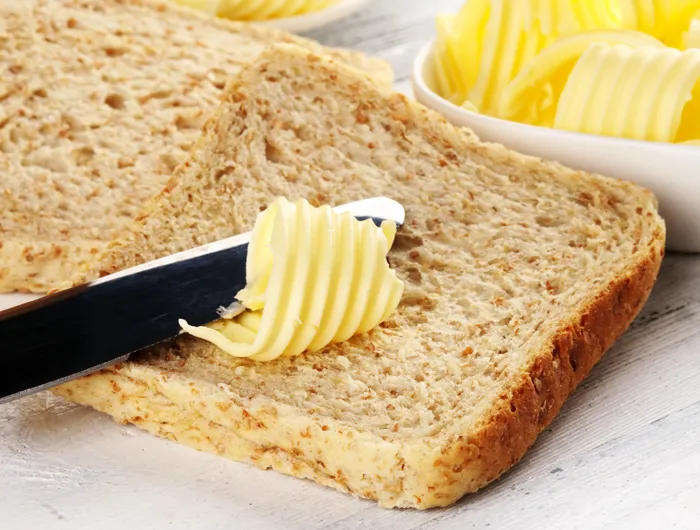
beats - stock.adobe.com.
The alt-butter aisle’s on fire. There’s plant “butter” made from oat milk or avocado oil, dairy butters mixed with olive oil, buttery yogurt spreads, and more. Their unhealthy trans fat is long gone, their fats usually do better than regular butter (more good fats, less bad), and their taste keeps getting better. Here’s what to look for…and what not to worry about.
This article comes from Nutrition Action. We don’t accept any paid advertising or corporate or government donations. Any products we recommend—like these “Best Bites”—have been vetted by our staff and are not advertisements by the manufacturers. They’re just healthy foods we think you’d like to know about!
1. Replace butter with a spread
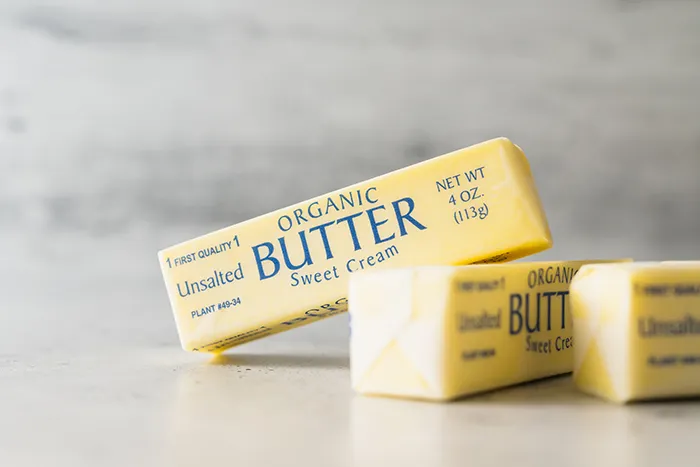
It doesn’t matter whether it’s grass-fed butter, cultured butter, or butter with sea salt. All full-fat dairy butter comes with at least 7 grams of unhealthy saturated fat per tablespoon. Some “extra creamy” or “European Style” butters have 8 grams. And ghee (clarified butter) can have 9 or 10 grams, because clarifying removes the butter’s milk solids and water, leaving more concentrated dairy fat behind.
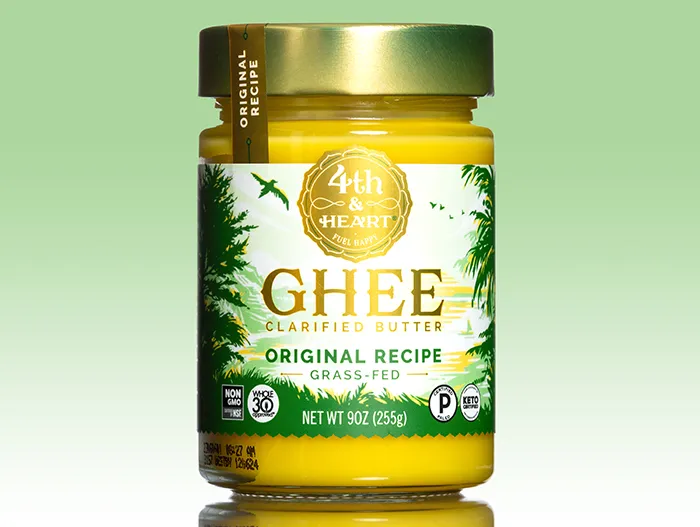
All told, every tablespoon of butter tacks on 35 to 50 percent of the daily sat-fat max for adults (20 grams). But the best buttery spreads we recommend—we call them our “Best Bites”—have a mere 2 grams of sat fat or less.
2. Don’t worry about partially hydrogenated oil
Decades ago, margarines and other buttery spreads got a bad rap because they were made with partially hydrogenated oils (PHOs). But PHOs and their artificial trans fat are long gone from the US food supply. The FDA’s ban on adding the oils to foods went into effect in 2018.
Bad news for butter: Dairy fat contains some naturally occurring trans fat. Nutrition Facts on butter labels show “0 grams” of trans fat because each serving (1 Tbsp.) has just under 0.5 grams, which the labels round down to zero. But butter’s trans fat isn’t trivial because when it comes to raising your LDL (“bad”) cholesterol, trans fat is even more potent than saturated fat. That’s one more reason to minimize red meat and cream. (A 2/3-cup serving of Häagen-Dazs Vanilla Ice Cream, for example, contains enough cream to hit 1 gram of trans fat.)
3. Pick a spread in a tub, not a stick
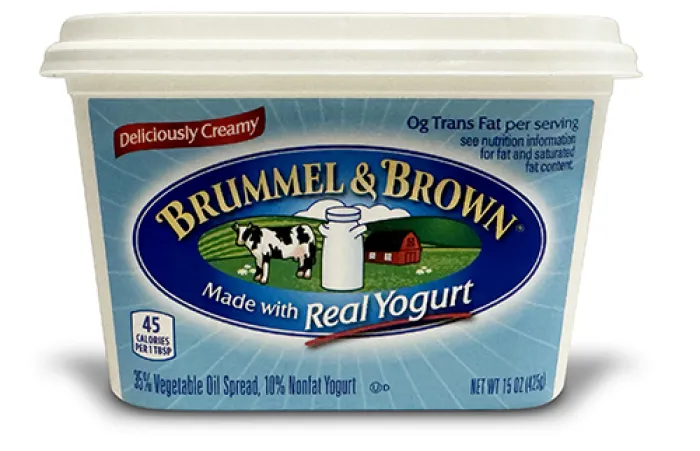
Whether it comes in a tub or a stick, a buttery spread like Country Crock or I Can’t Believe It’s Not Butter! is a blend of oils and water. The difference: Sticks are more solid, so they contain more saturated-fat-rich oils (like palm, palm kernel, or coconut). All our Best Bites are tubs.
Note: Those soft, spreadable tubs do the trick for buttering veggies, grains, or toast and even for baking many cakes, muffins, and quick breads. But if you need a more-solid, saturated fat for a pie crust, some cookies, or other flaky baked goods, then you need a stick. Many buttery-spread sticks are still healthier than butter. Some of the best: Blue Bonnet, Blue Bonnet Plant Butter, and Earth Balance.
4. Don’t worry about seed oils

The healthiest buttery spreads are full of seed oils...and that’s okay. In fact, it’s more than okay. Seed oils like canola, soybean, sunflower, and safflower are far lower in saturated fat and higher in unsaturated fat than butter. Ditto for olive oil and avocado oil, which are commonly found in spreads but aren’t seed oils. It’s worth choosing olive oil if you prefer its flavor (say, in a spreadable butter like Land O Lakes Butter with Olive Oil & Sea Salt), but not to sidestep seed oils. The best evidence doesn’t support claims that the oils are harmful or toxic or that they promote inflammation.
5. Don’t assume that ‘plant butter’ is better than other spreads
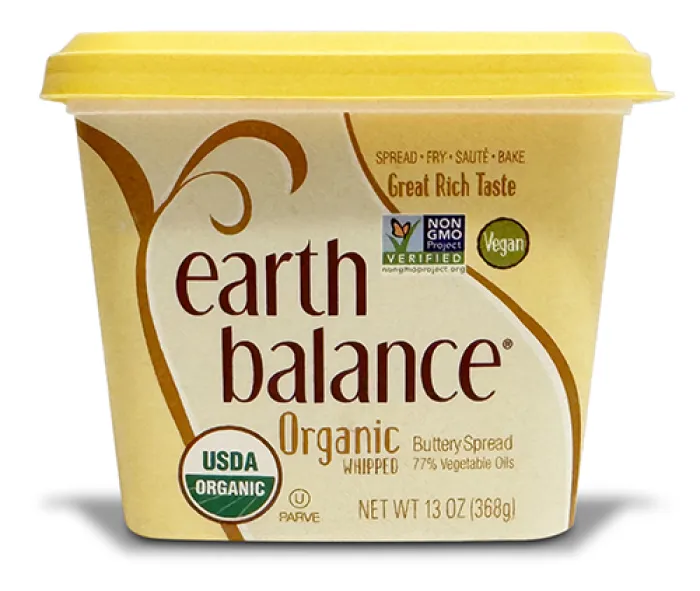
Many “plant butter” or “plant milk butters” use enough saturated coconut or palm oil to mimic the richer, more-solid texture of dairy butter. We found plant-based “butter” with anywhere from 2.5 grams of saturated fat (pretty good) to 8 grams (as high as butter) per tablespoon. Instead, opt for any of our Best Bites. Those tubs may not be labeled plant-based because they contain tiny amounts of whey, buttermilk, yogurt, or other ingredients derived from animals. But they’re mostly unsaturated plant oils. If you’re vegan, try I Can’t Believe It’s Not Butter! It’s Vegan (a Best Bite) or Earth Balance Organic Whipped (which just misses a Best Bite).
6. Want butter? Get it mixed with oil
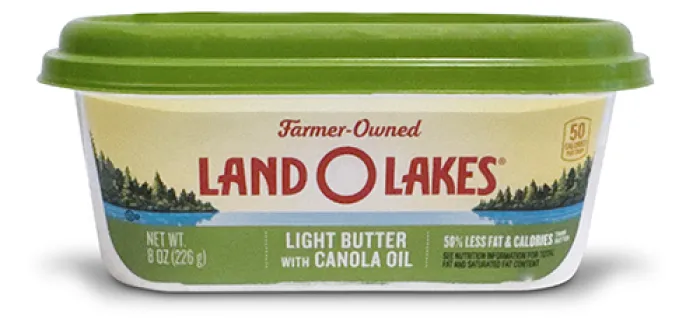
We get it. Some people just prefer the taste of butter. But you can still cut the sat fat—and add some good fat—if you try a tub of spreadable butter mixed with an oil like olive, canola, or avocado. Land O Lakes Light Butter with Canola Oil (2 grams of sat fat) is the only Best Bite we found, but most other varieties have only 3 to 5 grams. That sure beats full-on butter’s 7 grams.
Tip: Whipped butters have more air, so every tablespoon has less butter, which means less saturated fat, than regular butter. But if that lighter, fluffier texture leads you to eat more, it’s a wash.
7. Watching your cholesterol? Know the claims
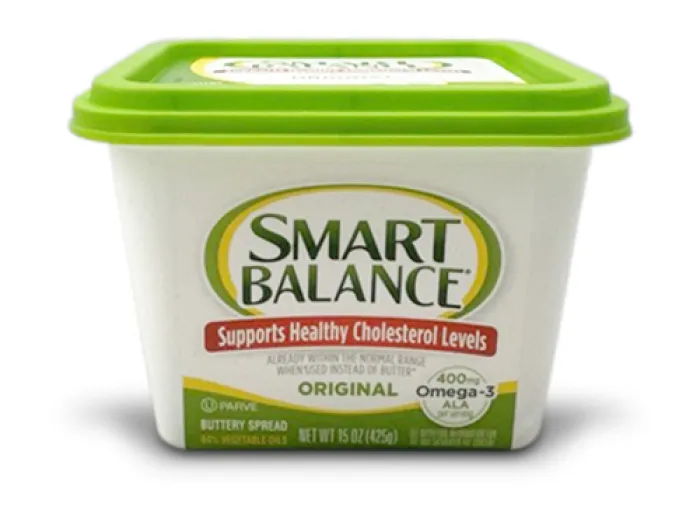
Smart Balance Original “supports healthy cholesterol levels.” The rest comes in small print below: “already in the normal range when used instead of butter.”
Translation: A tablespoon of Smart Balance Original has less saturated fat (2.5 grams) and more unsaturated fat than butter. That—along with an overall diet rich in good fats from nuts, seeds, fish, and avocado—can help keep a lid on your cholesterol. Just don’t assume that Smart Balance is better at that than any other of our Best Bites (which have no more than 2 grams of sat fat per tablespoon). Smart Balance is just using some smart marketing.
On the other hand, Benecol Original’s label touts that “plant stanols are clinically proven to reduce cholesterol.” That’s true. Eating enough of them can modestly lower your LDL cholesterol. (Stanols are also found in whole grains and vegetables.) Benecol’s fine print explains that each tablespoon of the spread contains 0.6 grams of plant stanols, and that it takes 2 grams of stanols per day (slightly more than three tablespoons of the spread) to lower your cholesterol. The same goes for Benecol Light.
Bottom line: Minding your cholesterol levels? It’s one more reason to pick a spread—like one of our Best Bites—that’s among the lowest in saturated fat. If you can find Benecol, which adds cholesterol-lowering stanols, even better.
8. Keep an eye on sodium
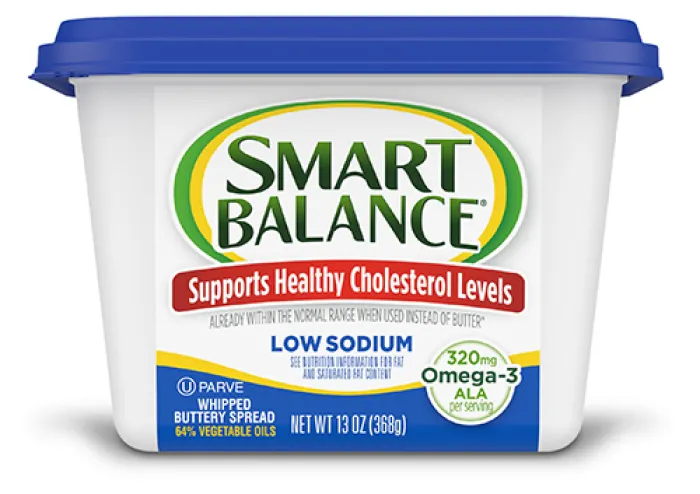
A tablespoon of most spreads has less than 110 milligrams of sodium, the limit for our Best Bites. But if you’re trying to keep a lid on your overall sodium intake, you can go even lower. Smart Balance Low Sodium has a mere 30 mg.
9. Don’t fear unfamiliar ingredients. Look them up
Some additives are risky. Others only sound scary. Our Chemical Cuisine Food Additive Safety Ratings tell you which are which. Take mono- and diglycerides, lecithin, potassium sorbate, citric acid, lactic acid, calcium disodium EDTA, and beta-carotene. Those safe additives may show up in buttery spreads because they keep oil and water from separating, prolong shelf life to help prevent food waste, keep oils from going rancid, or lend a natural buttery hue.
But we don’t recommend spreads that contain ingredients with a Chemical Cuisine rating of “Avoid.” For example, our Best Bites have no TBHQ, which shows up occasionally in spreads. And a few sweet buttery spreads contain the low-calorie sweetener sucralose. Skip ’em. (We didn’t include sweet varieties in our chart below.)
More shopping guides
Healthy non-alcoholic drinks: Our top picks that taste great
Healthy Eating
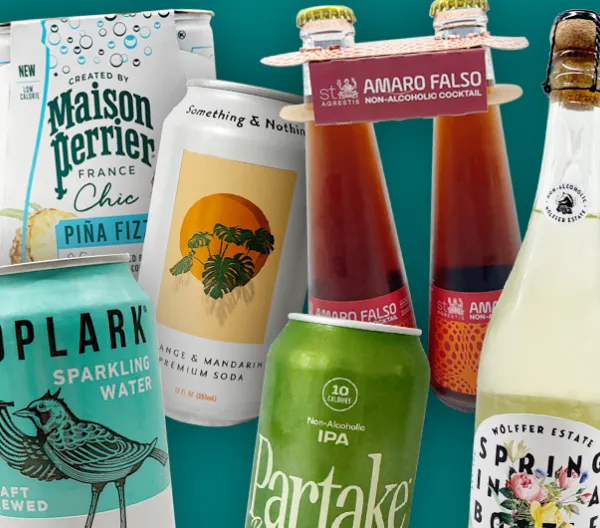
Hot cereals: The tastiest, healthiest oatmeals and more
Healthy Eating
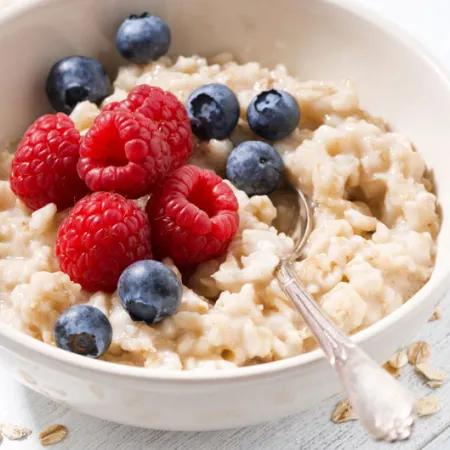
Healthy ice cream: Which brands are best?
Healthy Eating
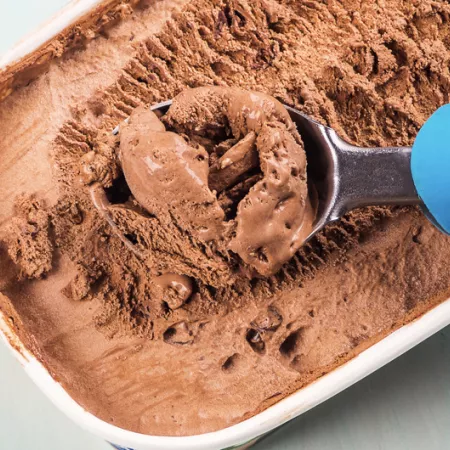
Low-sugar drinks: 10 of the healthiest options
Healthy Eating

How much caffeine is in coffee, tea, soda, and other foods?
Healthy Eating


